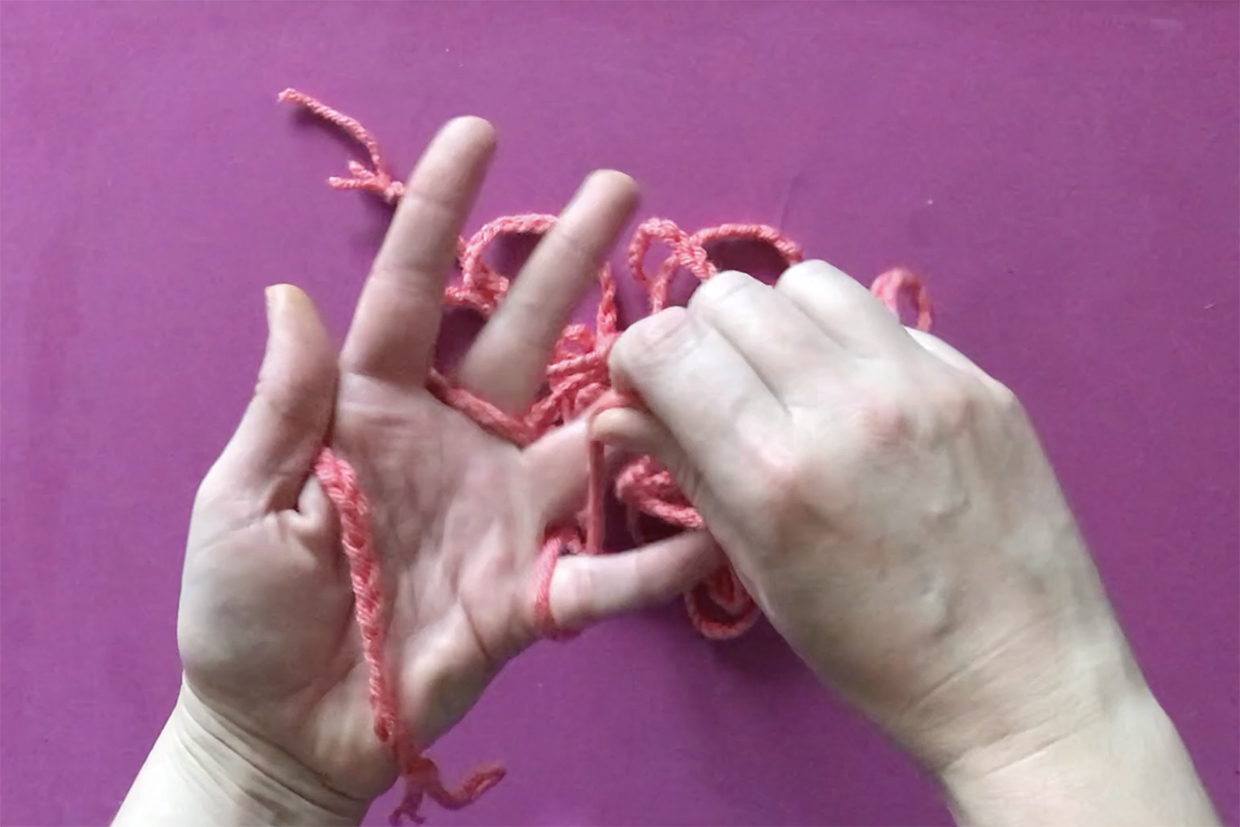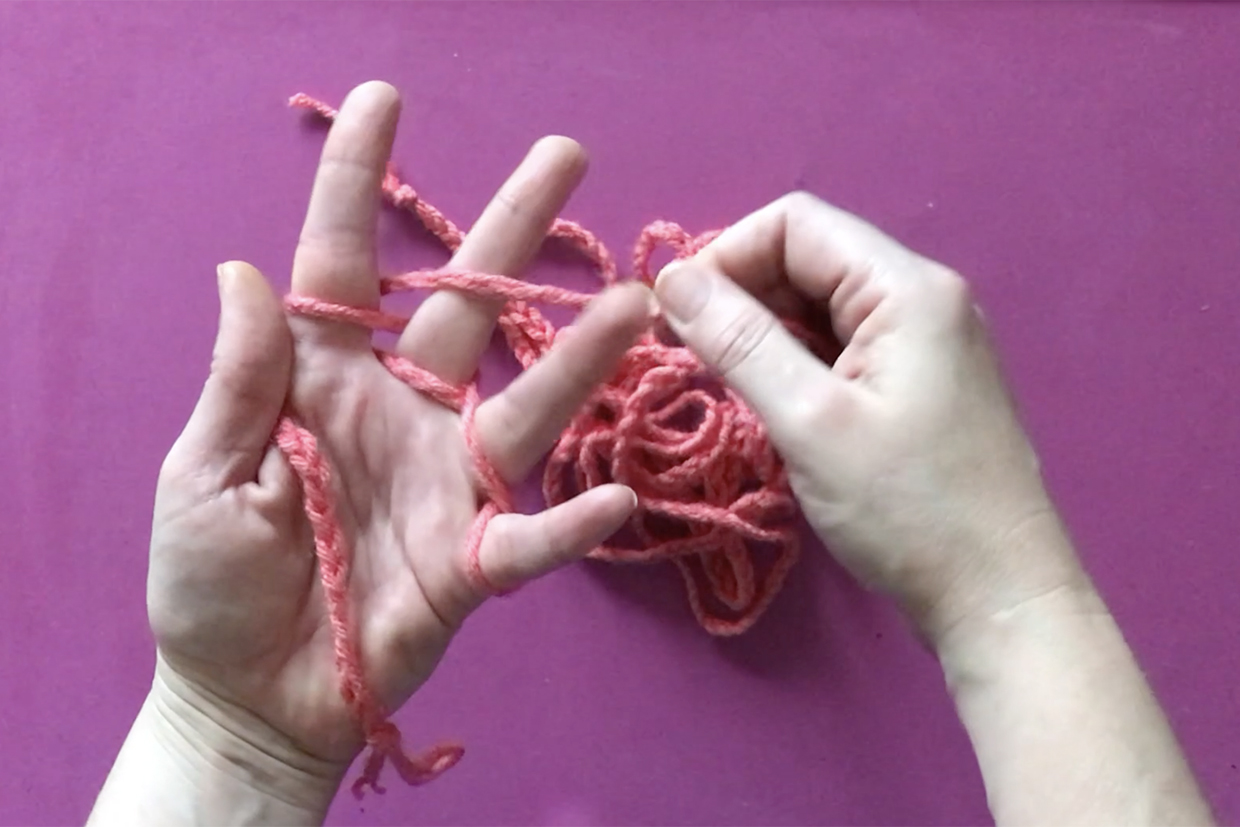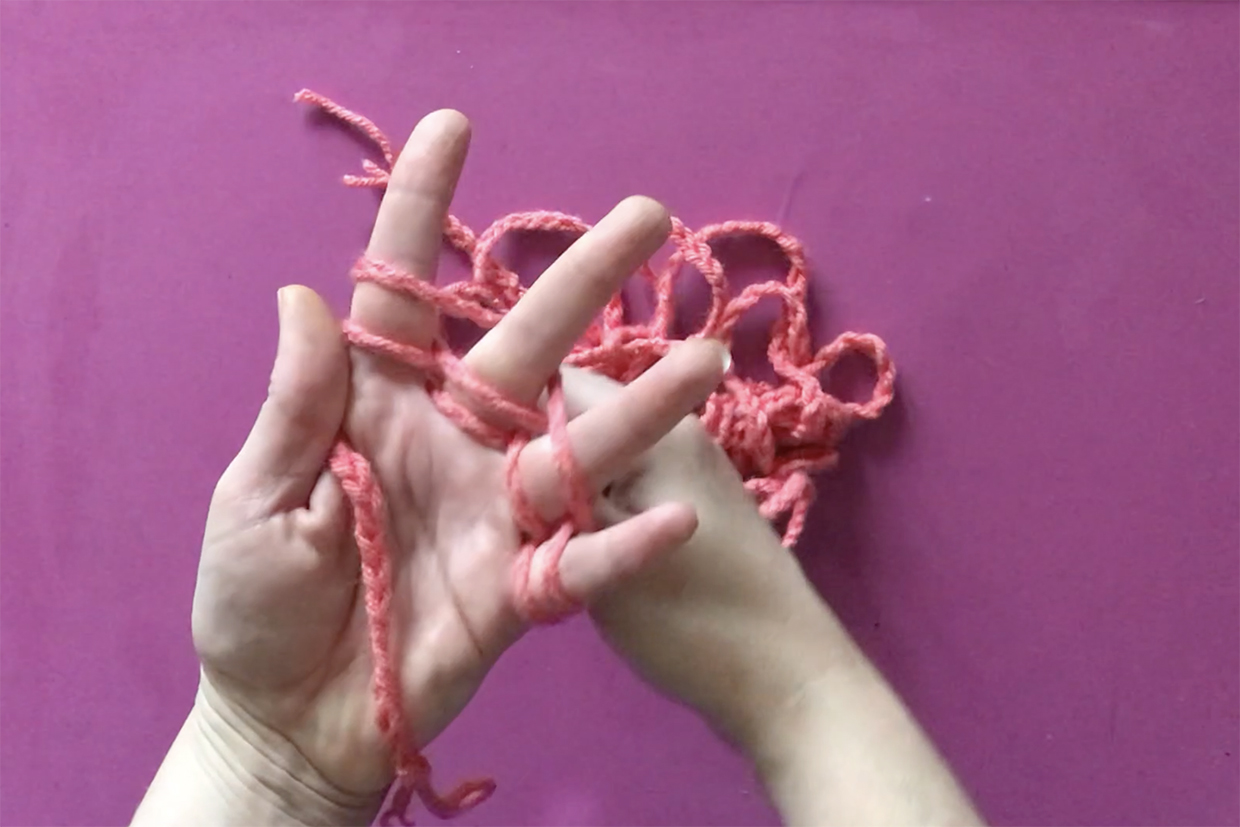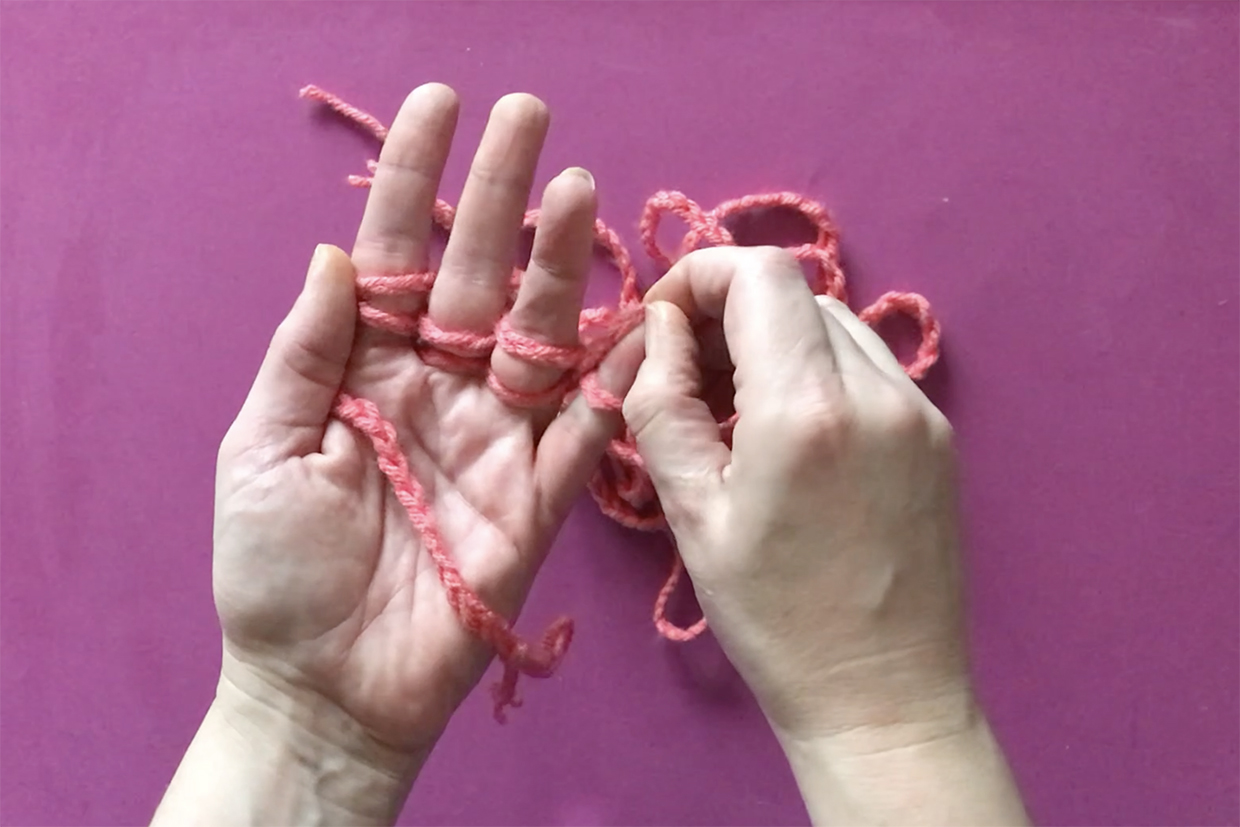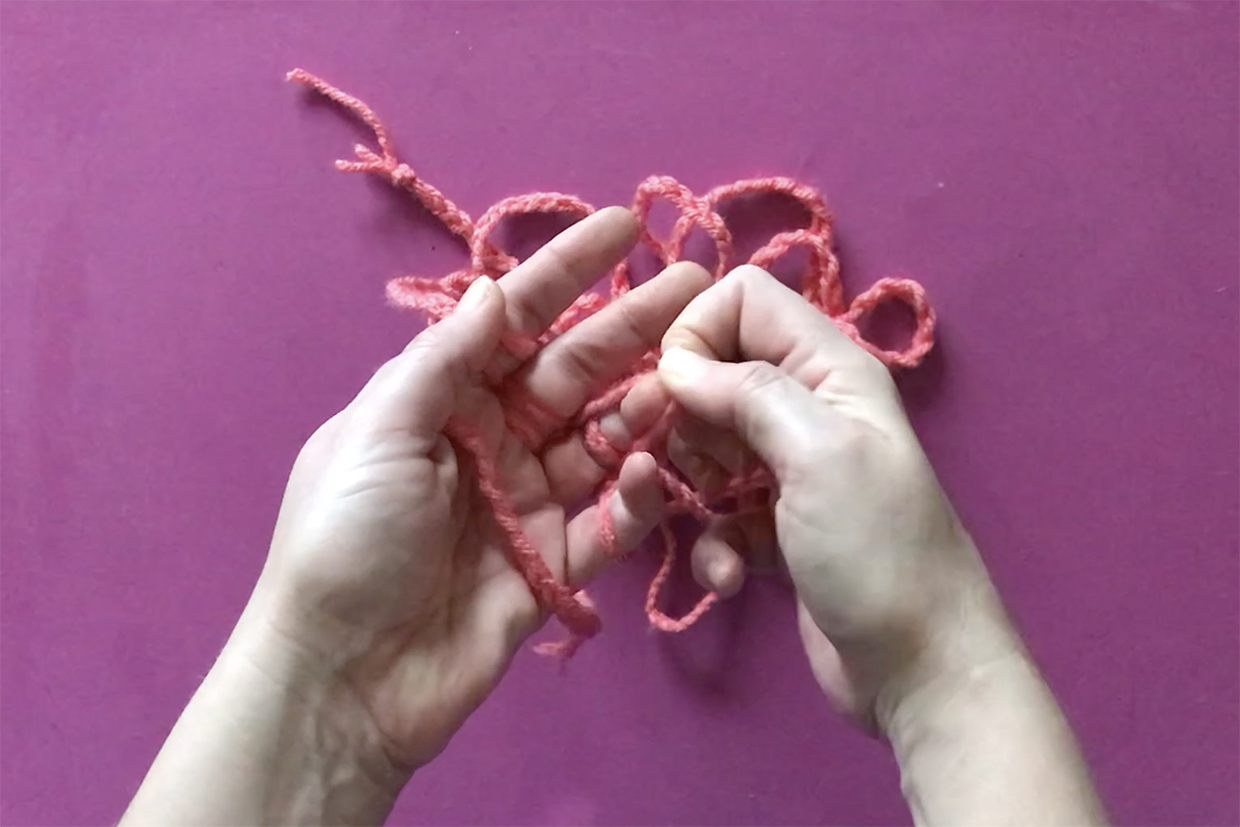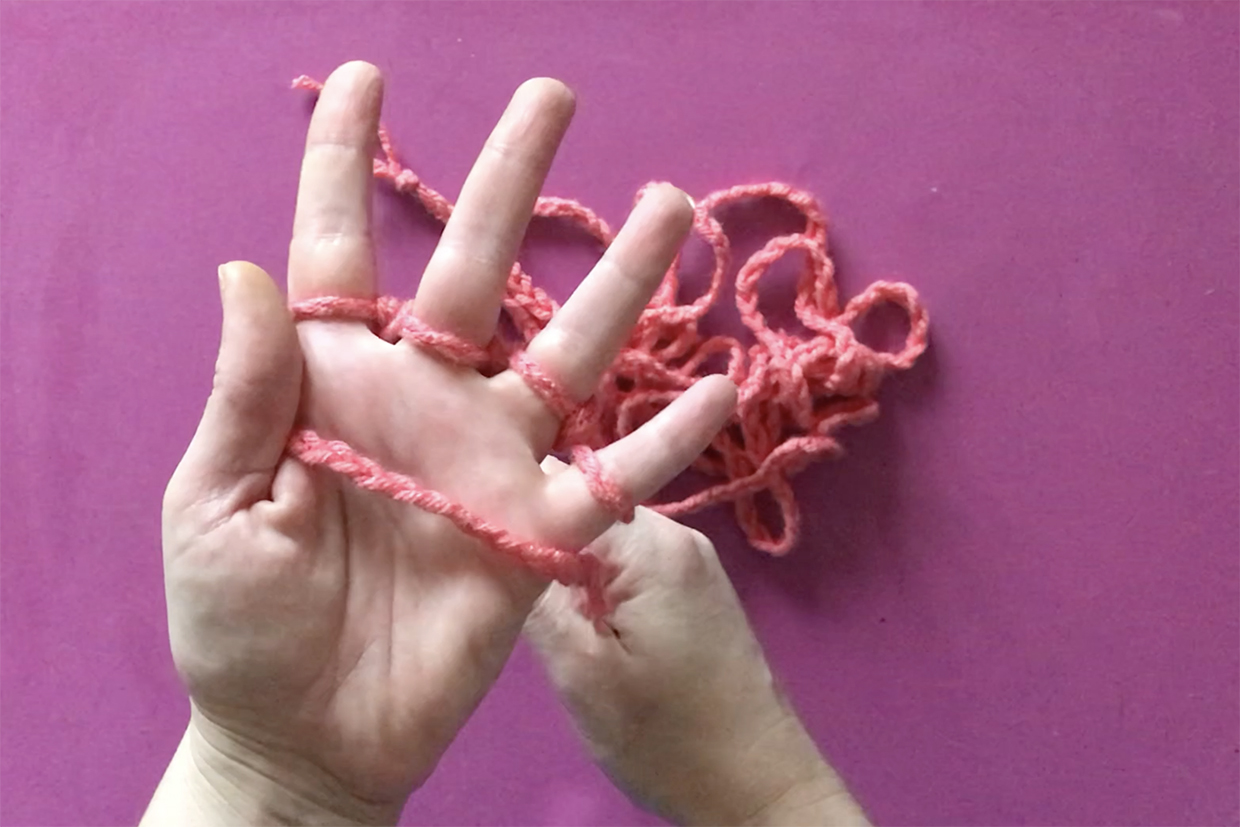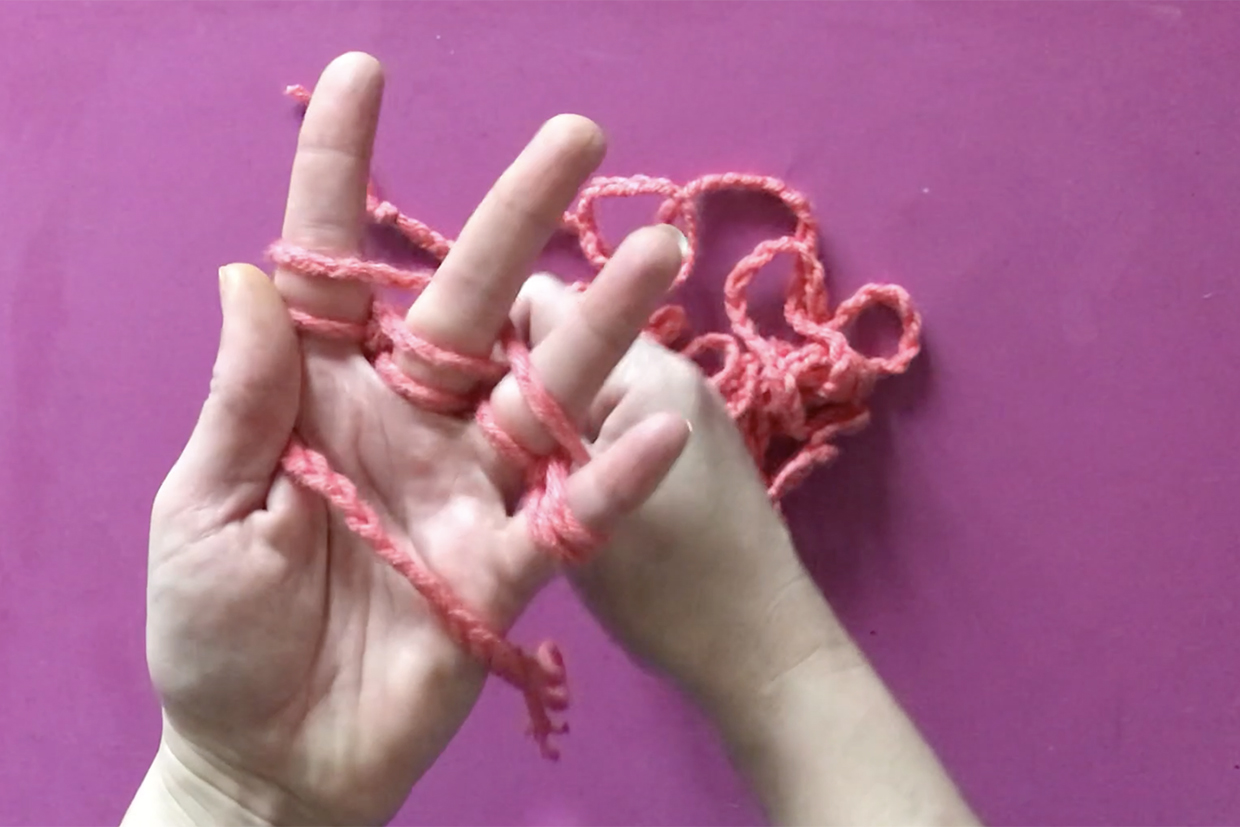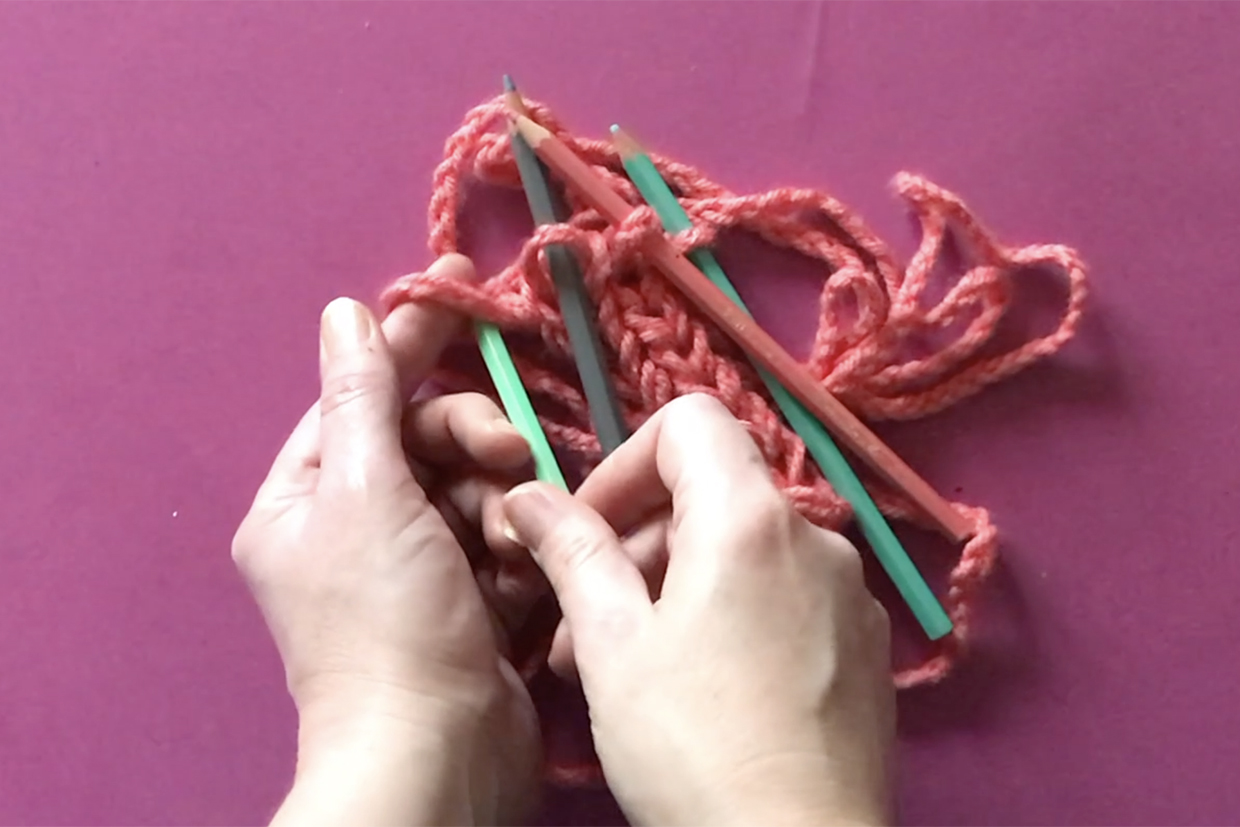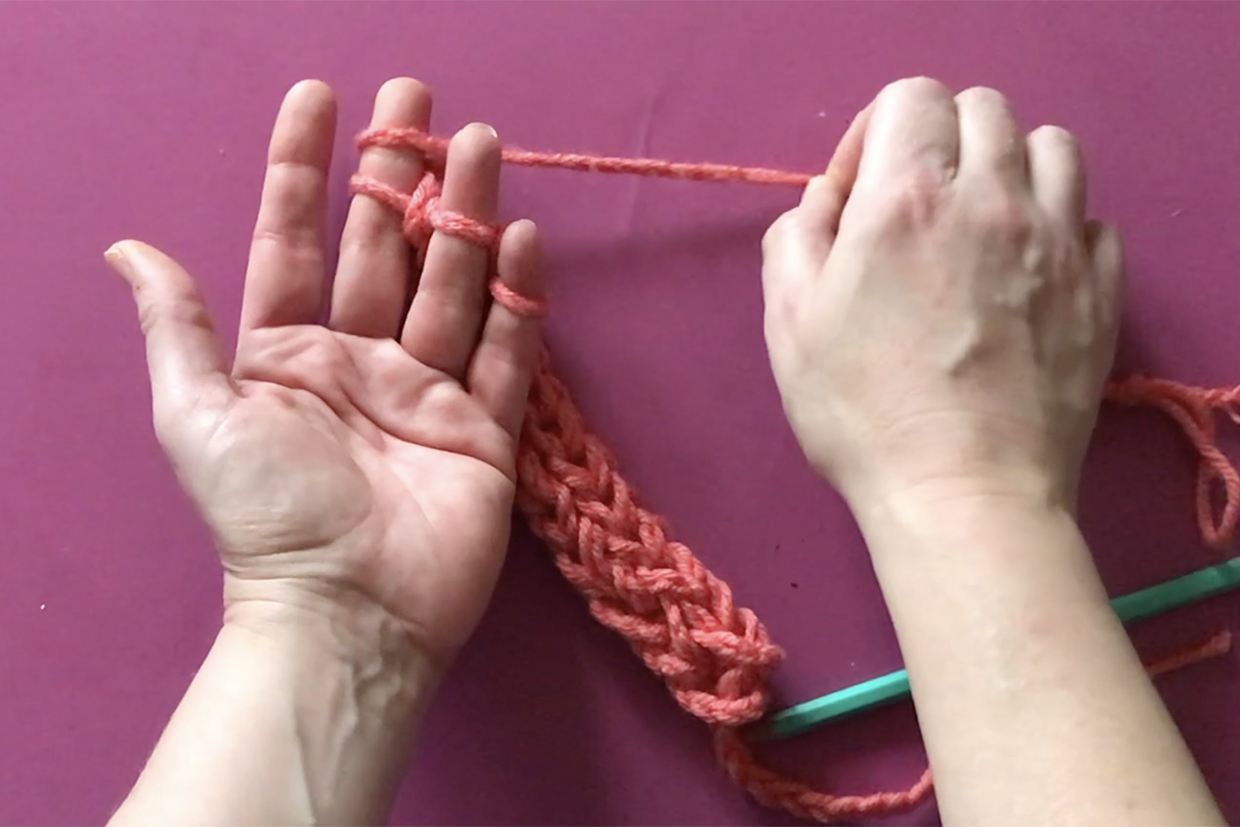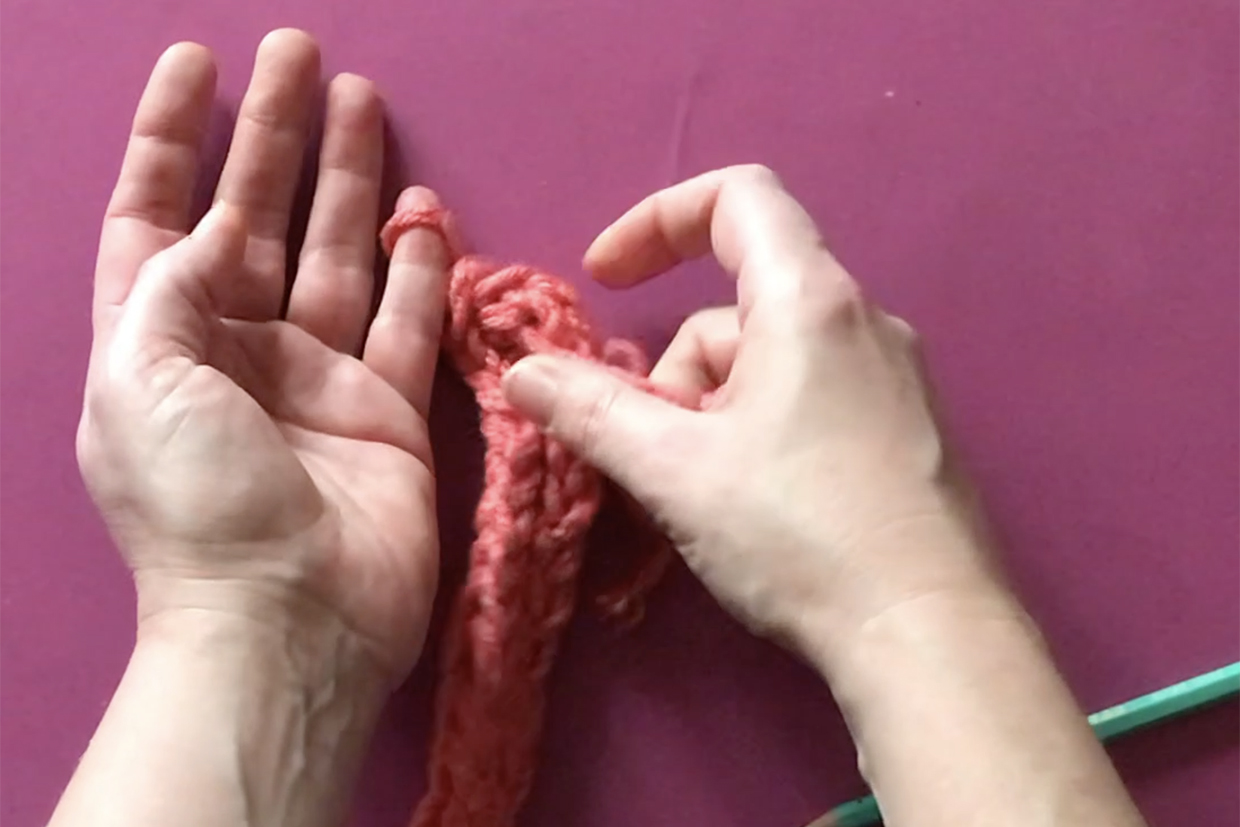Who needs needles when you can use your fingers – or even your arms? There are plenty of ways to knit that don't risk you left bored and fidgety when airport security confiscates your needles, or you don't have space in your bag for long sticks, and we are going to look at what we think is the best needle-free-option – how to do finger knitting – right here in this guide
We're showcasing finger knitting four stitches in this how to do finger knitting guide. We cover how to cast on in finger knitting, how to do finger knitting, how to take a break when finger knitting and how to end finger knitting – or how to cast off your finger knitting, if you prefer to keep it more like your knit terms!
In finger knitting, you can join in the round and pick up stitches too, just like with regular knitting, to craft all kinds of finger knitting creations – but we are sticking to the basics of finger knitting here, which will let you knit a headband, a skinny scarf or belt, a bracelet or necklace or even a simple scruchie. You can't beat finger knitting for kids for some simple and safe crafting, so wanted to keep things straightforward, so they can join in, too.
Read on to learn how to do finger knitting and discover the basics of this brilliant technique –which besides yarn is completely equipment free!
What is finger knitting?
Finger knitting uses loops of yarn slipped over each other to make a woven knit – just like regular knitting. The difference is that you use your fingers instead of needles, and, rather than having multiple stitches on a single unit, like you would with a pair of knitting needles, you have one stitch on each finger with finger knitting, and you wrap yarn around your fingers then slip stitches off in rows – rather than wrapping and slipping each stitch individually as you would with knitting needles. Finger knitting uses a minimum of one stitch and a maximum of four – because you only have 4 fingers. The thumb is not used as a needle in finger knitting as the distance between it and the fingers would really mess up the tension. Instead you use your thumb to secure your yarn when casting on in finger knitting.
What do you need for finger knitting?
You need a chunky yarn or cord for finger knitting, but it is hard to say which size exactly, as everybody's fingers are different. But with yarn weights, you need at least a super-chunky (see what that means with our yarn weight conversion chart), though you can use lighter weights by plaiting it first, or even make a cord with a French knitting dolly that can then be finger knit into a new creation – which is why finger knitting for kids is such a great option. Check out our How to French knit article if you want to explore this technique. Crochet icord works nicely too, as well as softer macrame cord or even thick string or thin rope can work well.
Here are some buys we recommend for finger knitting for kids and for adults as you expand into this hobby.
Cygnet seriously chunky prints acrylic yarn
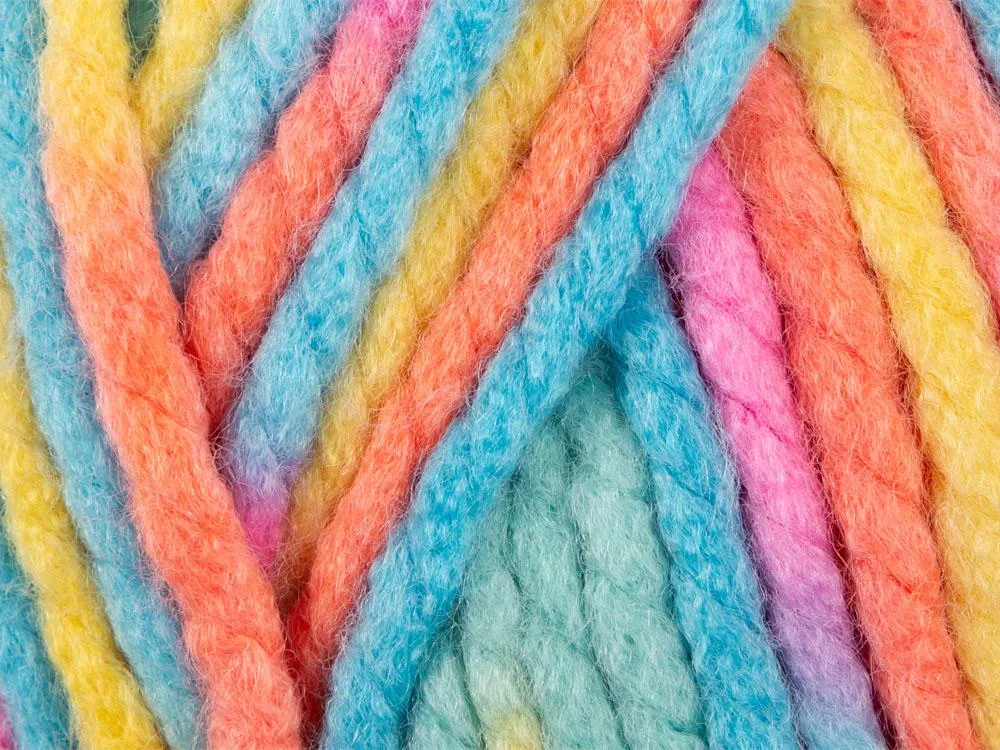
You gotta love a rainbow and this super-chunky acrylic yarn from Cygnet comes in 7 different colour ways – and 6 of them are rainbow! Ideal for finger knitting for kids.
8mmm cotton macrame string
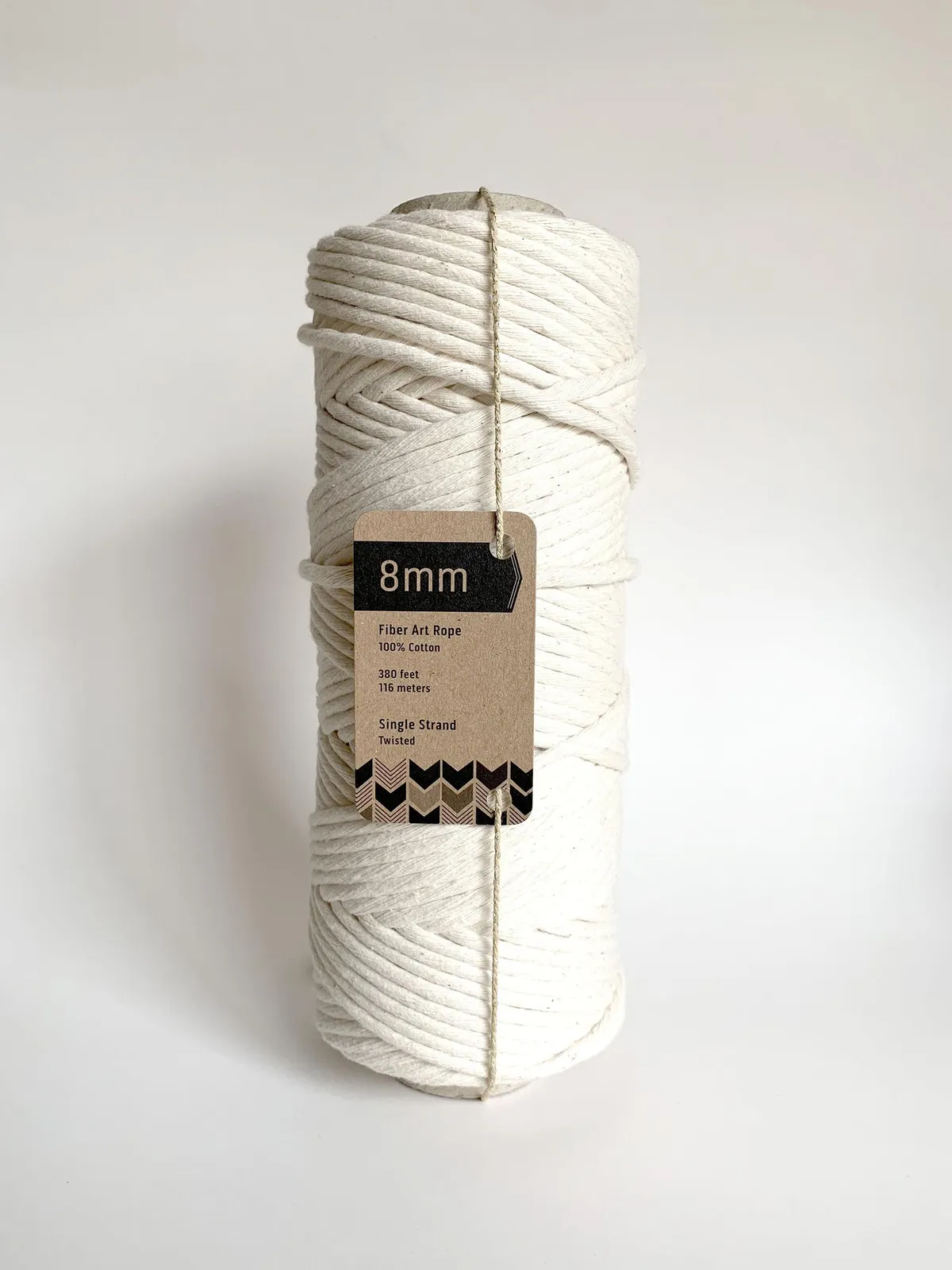
Macrame materials also work well for finger knitting, and, although the thicker ropes look brilliant when used for finger knitting, they can be a bit tough on the hands! We'd suggest macrame string instead, which gives that same eco look but softer to work with. This 8mm version is a good option.
Lalala wool yarn for finger knitting
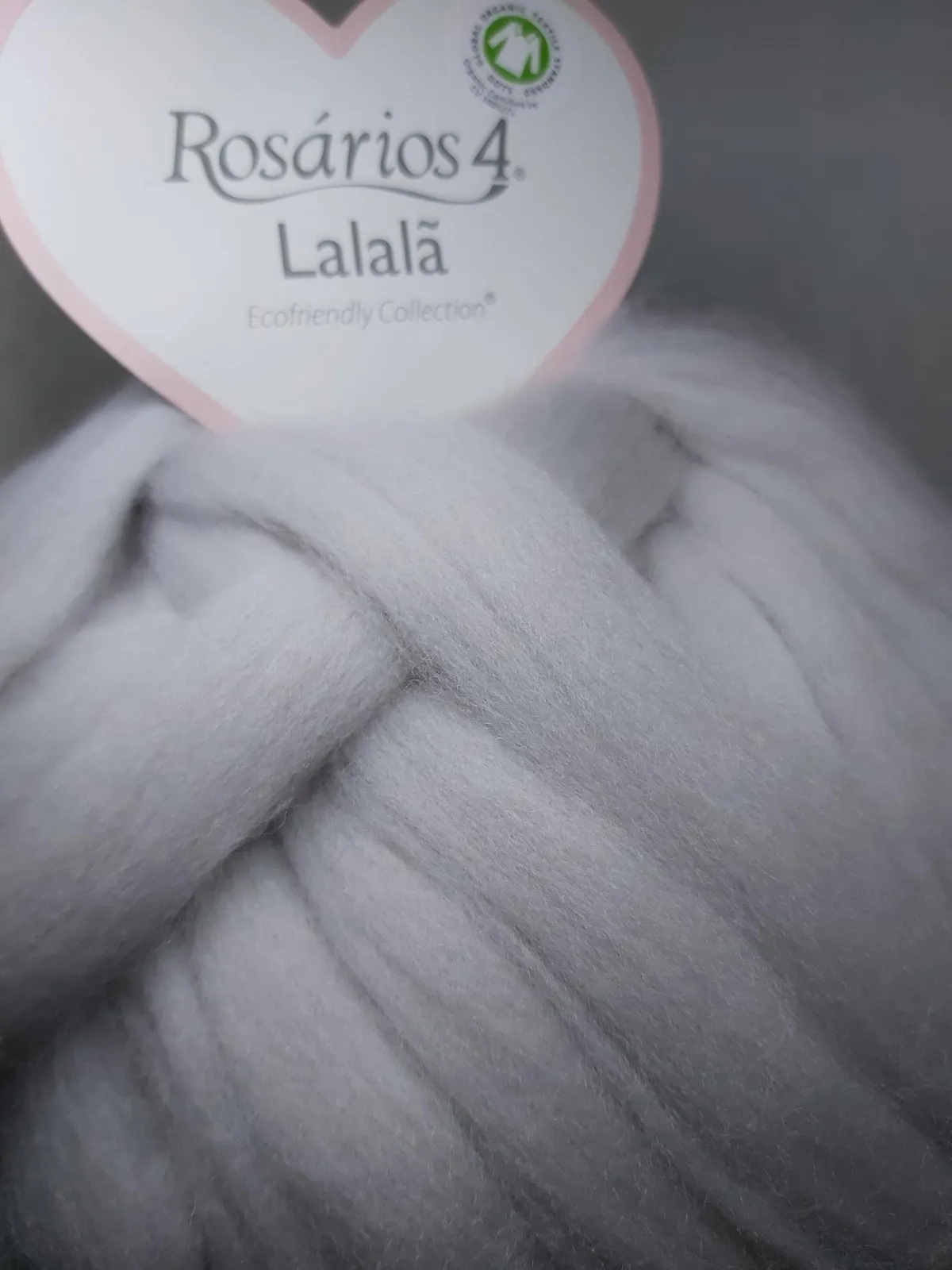
You get super-soft, 100 percent wool in this tactile yarn, which is fluffy enough to feel wonderful on your fingers, but not so fluffy that you'll lose stitch definition in your finger knitting projects. It's available in four subtle colourways. Just lovely!
Lion Off the Hook super-chunky polyester yarn
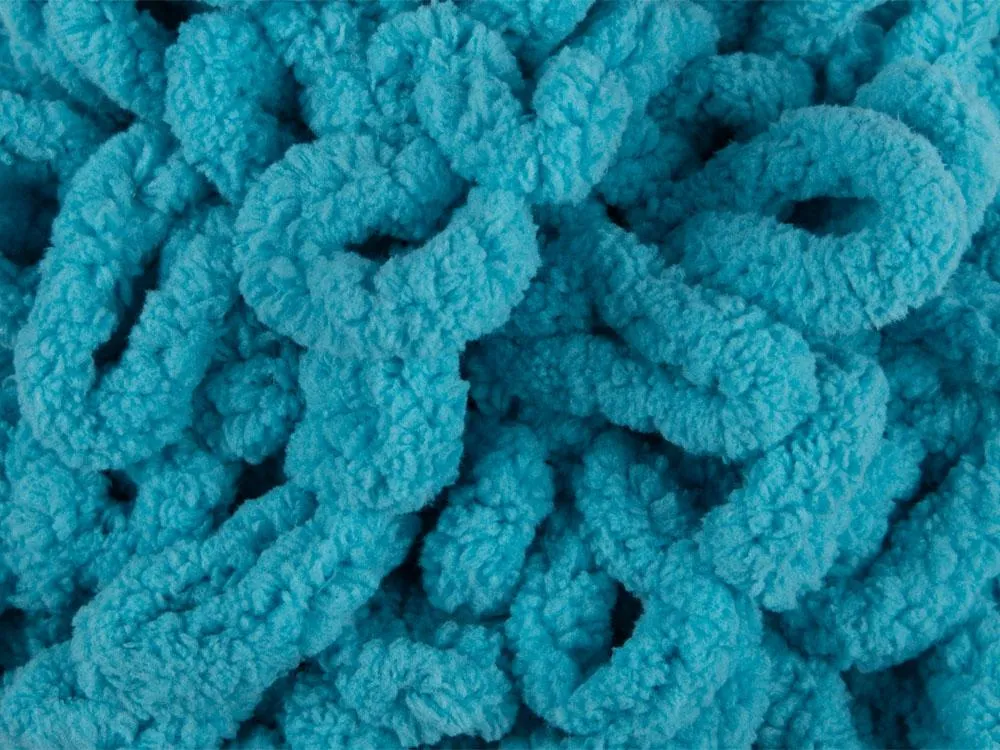
Chenille yarns have such a pleasingly tactile quality, they are a good option for finger knitting, especially if you can find them in a super-chunky yarn weight like this top option from Lion. It comes in 19 different colour options, five of which are variegated which can add extra fun to projects for finger knitting for kids.
How to end finger knitting
When your finger knitting is as long as you want it to be, you need to know how to end finger knitting! Finish making a finger knitting row, and then don't loop any extra yarn on to your fingers, so you have a single loop on each finger. Slip the loop from your first finger onto your middle finger, then take the bottom loop on your index finger and slip it over the top loop and off your finger. To see this in action on the How to do finger knitting video below, scroll to 4.19 to see how to end finish knitting.
How to do finger knitting
Here's our video guide showing how to do finger knitting. If you'd prefer a written walkthrough with photos to help you get to grips with finger knitting, we've included that below, too. This video is designed to teach finger knitting for kids as well as adults, so we hope this could be a hobby you could share with your little ones.
